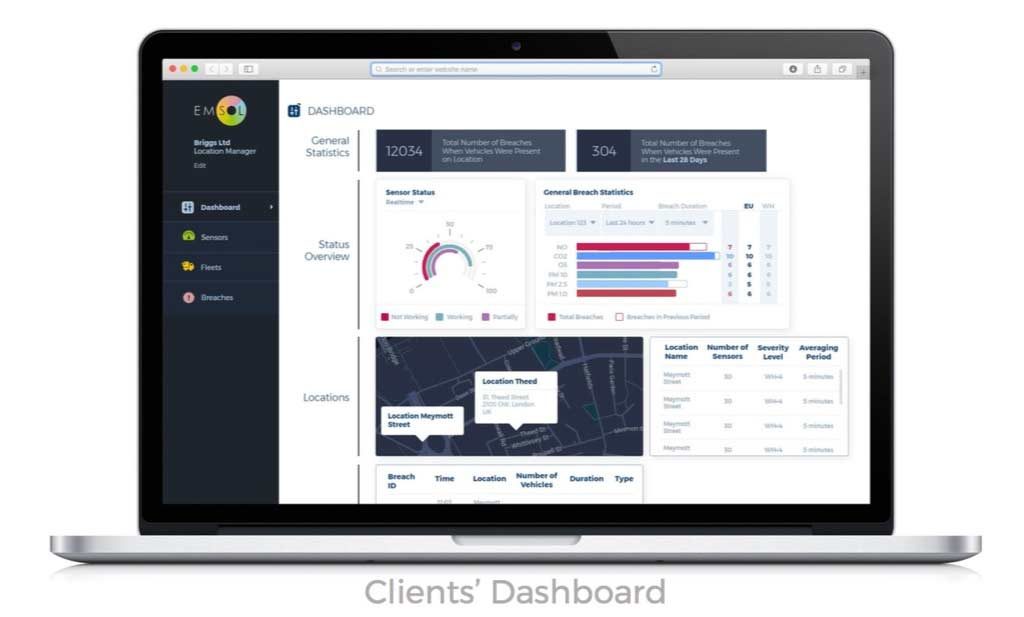If you ask the average person in the street what Smart Cities and Internet of Things are, chances are you will get a blank face. The Institution of Engineering and Technology have proved this, among many other studies. In some ways this is not surprising. Whilst it interests use professionally, the general public does not seem interested in what technologies are offered, but that the solution works.
But the technology behind that service offering matters, as the decisions that its supports matters. If an IoT offering is provided to monitor important public health issues like air quality, an ‘Internet of Emissions’ you could say, the right tech is needed to be operating to the highest standards.
Platform solutions are at the core of most Internet of Things offerings, and monitoring of emissions that we want to do is no exception. At the core is the analytics engine. Like any engine it needs fuel, and providing that fuel is part of our offer. At its most basic, the platform needs to know where the vehicle is in the area of interest, what vehicle it is, and its emissions levels.
Air Quality Sensors have been around for a number of years, and the product range is huge – particularly for roadside detection equipment. Meeting relevant technical standards specified by the British Standards Institute (e.g. BS EN 14211:2012) is important, but for a platform that will be providing real time analytics, more is needed than that. Their siting is also critical, hence why we recommend undertaking a site assessment to ensure that robust data is collected by the sensor.
Identifying the location of vehicles and uniquely identifying them is also required. Windscreen tags are excellent for this purpose. Not only do they provide location data better than your normal GPS unit (such as in your phone right now), but they are uniquely identifiable to every vehicle, and extremely robust. Certainly capable of handling any situation and weather thrown at HGVs. They are also battery free, and have a significant range from which they can be read from, so you can be confident of where they are.
This data is then transmitted via the cellular network to our analytics engine, which is where the magic happens. Like a true magician we cannot reveal too much about how we perform our tricks. Other than to say that great care has been taken to build an engine able to validate, analyse, and visualise the data received to ensure that the data presented is of relevance and the highest quality, and that any issues associated with the data are recognised and reported to you. So that any erroneous readings from sensors are easily detected and actioned against.
Then, it is just about visualising it all in a clear and crisp manner. Just like this:

Nice, huh?
The above is the core technology needed for a full stack solution. There are opportunities to integrate with other data sources – notably open data provided by government – and other sensor data further down the line. Connected and autonomous vehicles and the range of sensor technology needed to enable that looks particularly exciting. Needless to say that how we integrate such technologies into our own offering is also something that we think about, and talk about over coffee!
It is one thing to state the technology needed. It is another thing entirely to build it. That is what we are doing, and please join us for the ride.





